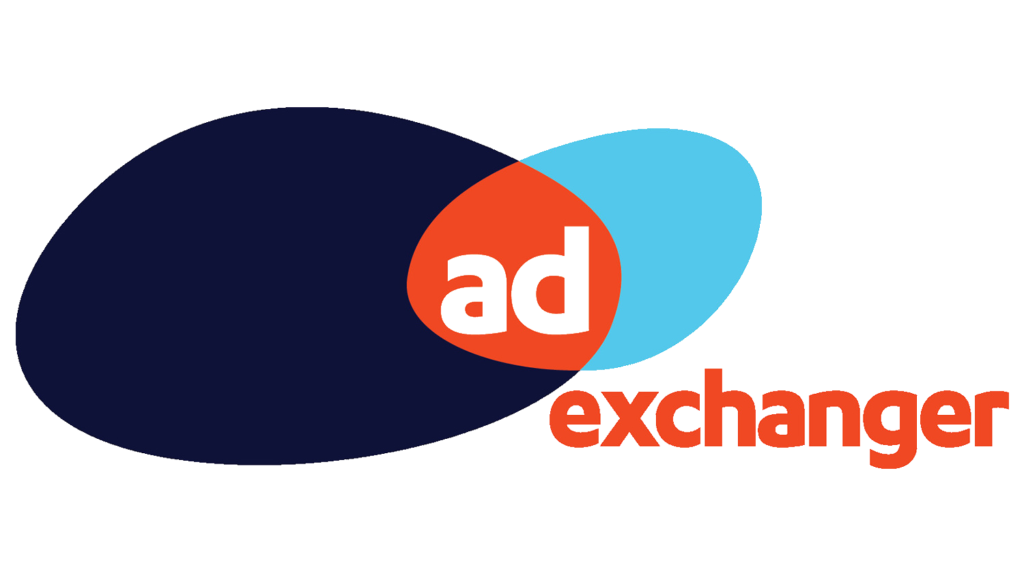As the industry takes a new look at ad-supported streaming amid slowing SVOD growth, we decided to check out AdExchanger’s Programmatic I/O conference in Las Vegas this week. It was a wonky place where panel topics ranged from “clean rooms” where buyers and sellers can safely reconcile data to the coming “Cookiepocalypse” in which tracking users by browser cookies and even unique IP addresses may soon evaporate. To be sure, this is a chaotic world where hundreds of ad-tech companies, many of them privately funded startups, are fighting to woo brands with big programmatic ad budgets that are increasingly moving off of traditional “web” channels and shifting more dollars to connected TV, FAST-live channels, AVODs, and other video-centric touchpoints.
It’s not a moment too soon as direct sellers get more sophisticated: Just this week, Warner Bros. Discovery unveiled two new ad products in partnership with Brightline: “Click-to-Contact,” which lets viewers select an ad to get additional product info via email, and “Viewer’s Choice,” which enables viewers to give product preferences that influence ads they see. The features will roll out in Q4 on discovery+ (or whatever HBO Max-discovery+ hybrid may exist by then), just in time to work out the kinks before the 2023 Upfronts.
WBD is just the latest company dangling new bells and whistles in front of brands moving money to ad-supported streaming in search of better ROI. And that only adds to pressure on programmatic sellers to clean up what has become an inconsistent marketplace. Disparate systems don’t talk to each other. Data transparency is rare. Brands have little to no visibility as to where or how often their ads are running.

“We need to start building solutions now,” pleaded Mike Richter, Trusted Media Brands’ VP, global revenue operations, CTV, and digital at Programmatic I/O. “We need to all get in the same room and do the damned work.” Needham & Co. Senior Analyst Laura Martin predicted that major supply-side platforms (SSPs) and demand-side platforms (DSPs) will increasingly cut out intermediaries, who tap 5-7% of transactions through arbitrage. “The guys in the middle without clients… I think they’re goners,” she said. “I think they’re not so long for this world.”
Here’s the idea: The more frictionless, customizable, and transparent programmatic buying becomes, the less big brands will feel compelled to throw dollars at expensive “walled gardens” like Google, Facebook, and Amazon where ROI can be more elusive. Ad-supported streaming can straddle all of these worlds, with AVOD mostly a walled garden while FAST channels tend to fill inventory through programmatic means. But there are really no hard and fast rules on any of this. Confused? Just be glad we haven’t tried to explain CDPs and DMPs yet. So many acronyms. So many players. A lot of complicated tech. It’s enough to melt the marketing brain.
Next? The good news is that the looming loss of third-party data and trackable IP addresses (largely driven by Apple and Google) has forced a reckoning within the programmatic ad industry – and ultimately that will benefit newer platforms across OTT, including CTV and FAST, as the flow of inventory increases. Better yet, media companies may have more time than they thought to put systems in place now. Martin told attendees that Google is unlikely to implement any kind of “cookie deprecation” for at least a couple years, and even then will likely partner with another company’s solution to avoid lawsuits from affected parties. Other attendees privately told us that Google may never abandon cookies no matter how many press releases it issues, for a number of reasons, including international commitments whose unraveling would cause endless legal headaches.
Programmatic–while somewhat customizable–is also notoriously inconsistent across media. Anjalee Vasvani, William-Sonoma’s director of programmatic and paid social, noted that the company gets much higher conversion rates from select premium placements than ads scattered across the Internet. So while the “As Seen on TV” crowd might see value in firehose campaigns across FAST channels, the BMWs of the world may gravitate more toward Hulu’s AVOD. Or soon, perhaps toward other trusted AVODs coming from Netflix and Disney+ in Q4 (By the way, Martin predicted Netflix won’t launch its AVOD until Q2 2023, even as it targets Q4 2022). Time will tell, but interestingly Paul Verna, Insider Intelligence principal analyst, pointed out that Netflix’s debut as an ad seller could pull back the curtain on its mysterious consumer data collection for the first time. “Now, we’re finally going to see how it does that in an advertising context,” he said. Perhaps Netflix’s ad pivot will yield new competitive intelligence on its data collection dark arts.
So, what does all of this noise mean for ad-supporting streaming, CTV, and all the other video-centric revenue generators? Much is still unclear, but how this complicated landscape shakes out could have huge implications for all those confused marketers tasked with smartly spending ad dollars while protecting the brand. For example, CTV is all the rage, with automatic content recognition (ACR) data through Smart TVs creating new ways to track and organize ad spots. But ACR doesn’t necessarily play well with other programmatic wares, which collect data on users rather than locations. As AJ Kintner, VP of Sales at LG Ads Solutions, put it: “TV talks about households. Digital talks about people.” There’s a big difference. And it’s just one of the many data points that need to be reconciled if brands truly want an accurate, comprehensive picture of ROI across all these channels. In the end, it’s a programmatic world. We’re all living in it. But it still feels like Purgatory.
